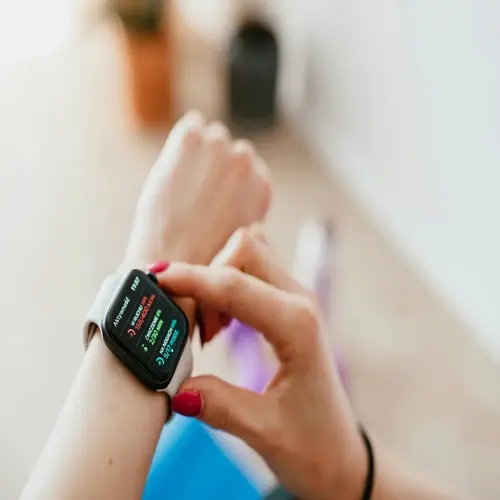How quickly can joint mobility improve?

Written by
Leilani Ibeh
Reviewed by
Prof. Graham Pierce, Ph.D.You can see joint mobility improvements in as little as 3-6 weeks with regular practice, although timelines vary significantly. Much depends on the starting point. A sedentary office worker often feels the benefits faster than someone recovering from an injury. I have seen clients improve their mobility in the ankle before the shoulder, because the joints are of varying complexity.
Baseline Mobility
- Tight joints require longer adaptation periods
- Previously active individuals regain faster
- Current range limitations affect improvement speed
- Symmetry between sides impacts overall progress
Practice Consistency
- Daily 5-minute sessions beat weekly hour-long
- Regularity builds neuromuscular adaptation
- Missed days delay but don't reset gains
- Habit stacking maintains consistency
Technique Quality
- Proper alignment prevents compensatory patterns
- Controlled movements yield better results
- Breath coordination enhances effectiveness
- Mindful focus accelerates improvements
Ensure that your technique takes priority over speed. To rush progress brings the risk of injury and setbacks. Work through those movements within comfortable ranges before moving them outward. Record your little victories. Can you tie your shoelaces more easily? Is the shoulder rotation easier? Changes such as these are signs you're making advances in your mobility.
Do not push to where the pain starts to become sharp, as this may indicate damage is being caused. Try to understand the differences between productive tension in muscles and harmful stress on the joints. If discomfort persists for more than 48 hours, reduce intensity. Patience and consistency will yield the best long-term results.
Your body adjusts at its own pace, so focus more on a daily practice than deadlines on a calendar. Recognizing and celebrating those small victories, such as deeper squats, reaching back, and other tasks that seem easier, will help you feel the change in your body. Mobility is sustainable when one respects the time frame of their own body while staying consistently active.
Read the full article: 10 Essential Joint Mobility Exercises for Movement

